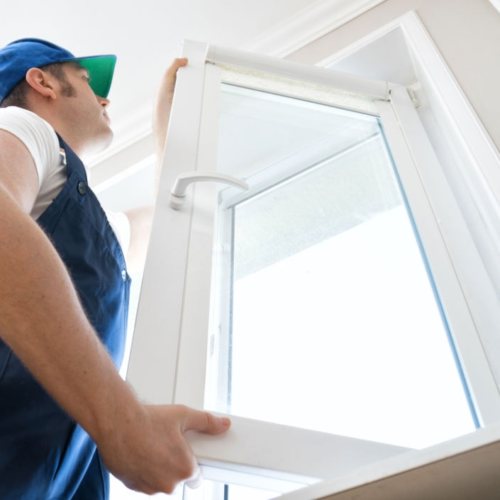
As the world moves towards greener energy solutions, homeowners are increasingly turning to renewable technologies to reduce their carbon footprint and energy bills. One solution gaining popularity is the ground source heat pump (GSHP).
But what exactly is it and why should we consider installing one? If, like me, you are new to this technology and wonder if your home is a suitable candidate for this type of heating? I’ve been doing some research, so let’s take a look at it together.
What Actually are Ground Source Heat Pumps?
Ground source heat pumps are an energy-efficient heating system that uses the stable temperature of the earth to heat your home. Unlike traditional boilers, which rely on burning fossil fuels, a GSHP works by transferring heat from the ground into your home. The pump extracts heat from the earth and transfers it to your home, providing heating and hot water.
In the colder months, when the outside temperature drops, the ground temperature remains relatively constant, making it an excellent natural heat source. Even during freezing temperatures, a GSHP can still extract heat from the ground, ensuring your home remains warm and comfortable. Who knew?!
Why Consider Installing a Ground Source Heat Pump?
1. Energy Efficiency and Cost Savings
One of the main benefits of a ground source heat pump is its energy efficiency. Over time, the efficiency of the system translates into lower heating bills, which can help homeowners recover the installation cost.
2. Sustainability
GSHPs are a great way to reduce your carbon footprint. By using the earth’s natural heat instead of fossil fuels, these systems are environmentally friendly and produce far fewer emissions compared to traditional heating methods.
3. Low Maintenance
Once installed, they require minimal maintenance compared to traditional heating systems. Regular checks to ensure the system is operating efficiently are generally all that is needed, making it a hassle-free option for homeowners.
4. Government Incentives
In many areas, governments offer incentives to encourage homeowners to invest in renewable energy solutions like ground source heat pumps. These incentives can include grants, tax breaks, or subsidies, which can help offset the initial installation costs. It’s worth researching the available financial support in your area to make your installation more affordable.
What Homes Are Suitable for Ground Source Heat Pumps?
While a ground source heat pump sounds like it can be a great investment, I wondered what sort of homes would be suitable for this source of heating. This is what you need to know:
1. Space Requirements
Ground source heat pumps require a significant amount of space for the installation of the pipes. The most common installation method involves digging trenches or drilling boreholes into the ground. This means that larger properties with enough outdoor space are ideal for GSHPs. However, if you live in a smaller home or have limited outdoor space, there are vertical systems available that use deep boreholes, although they can be more expensive.
2. Insulated Homes
For a GSHP to work most efficiently, your home needs to be well-insulated. A heat pump delivers lower temperature heat over a longer period, which means homes with good insulation are better able to retain heat. If your home is poorly insulated, it may not be the most cost-effective option, as the system would need to work harder to maintain a comfortable temperature.
3. Existing Heating System
Ground source heat pumps are ideal for homes with underfloor heating systems or low-temperature radiators. These systems are designed to operate at lower temperatures than traditional heating systems, making them a perfect match for the energy-efficient nature of GSHPs. If you have a conventional radiator system, it may be necessary to upgrade to underfloor heating or low-temperature radiators for maximum efficiency.
Conclusion
I think it’s clear that a ground source heat pump can be a fantastic investment for homeowners looking to save on energy bills, reduce their carbon footprint, and enjoy a low-maintenance, sustainable heating system. While there are space and insulation considerations, those with the right conditions can really benefit from this technology.
Collaborative post
© Copyright 2025 Antonia, All rights Reserved. Written For: Tidylife


Leave a Reply